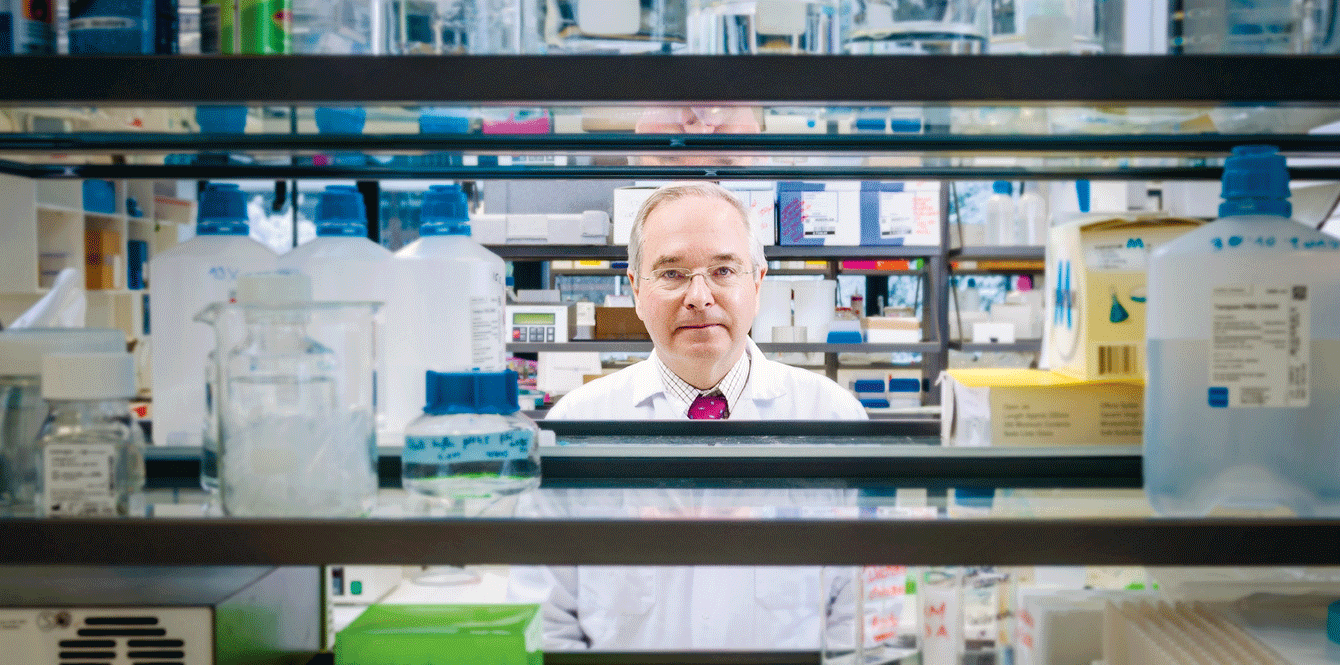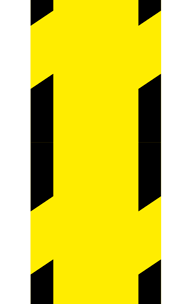
Paints, detergents and sprays heavily pollute the air in our homes. And no regulations limit their use in Switzerland.
Nearly 10% of the Swiss population suffers from asthma. Children more commonly develop this respiratory disease, but today a growing number of adults consult their doctor for similar symptoms. “We receive many women age 30 to 45, who suffer from a recent onset of asthma, a chronic cough or bronchitis,” says Laurent Nicod, head of the Service of Pulmonology at Lausanne University Hospital (CHUV).
What is causing this phenomenon? “We don’t know,” says the specialist. “Once we’ve ruled out all the typical triggers of an irritation, an allergy or inflammation of the airways, most often we are faced with a black box, a dead end. We used to think that these new cases were mainly due to cigarette smoke. And scientific evidence confirmed it,” he says. “Today we know that smoking and second-hand smoke cause 60% of these illnesses, but what about the remaining 40%? The idea of air pollution has been under study for a few years now.”
Specialists agree hands down: indoor air is ten times more polluted than outdoor air. Wall covering such as paint, flooring, deodorising or sealant sprays and even cleaning products, with their high solvent content, are responsible for poor indoor air quality. They all emit toxic chemicals that we inhale and that accumulate in our body.
“There are hundreds, even thousands, of pollutants floating in our indoor air,” says Laurent Nicod. “Exposure to this pollution, even in small doses, has chronic effects. It mainly affects the airways and, over time, can cause allergies or asthma, damage the bronchial tubes and make some people susceptible to developing lung cancer.”
Construction specialists are trying to identify these toxic agents. Asbestos is a fibre used for insulation that was included in construction materials and suspended ceilings in Switzerland until 1990. Today it is banned. “There’s a risk of exposure to asbestos in buildings built before
1991,” says Marcel Kohler, director of the Toxicology and Construction Environment Service of Geneva (Service de toxicologie de l’environnement bâti de l’Etat de Genève). “That represents nearly 80% of the property in Geneva. But the risk only arises when works are to be done, for example renovation. Asbestos testing and removal are required, and professionals are aware of that.”
Used in paint until 2006, lead has also been clearly identified as toxic. “Children are the most exposed to this danger. All it takes is lead paint to start deteriorating and chipping. If a child inhales or ingests the dust or debris, he or she could get lead poisoning.”
Air out frequently
The windows of a room – bedroom, office or classroom – should be opened several times a day. Automatic ventilation systems are available. New eco-friendly buildings with the Minergie eco-label are supposed to have them.
Use water-based solutions
When painting your walls, use water-based paint that contains no solvents, or low amounts of them, and emits fewer particles.
Find the right labels
In Switzerland, “L’étiquette environnementale” for paint, “GuT” for rugs and “Ange bleu” for several consumer goods are some of the eco-friendly labels to spot for interior items.
Use creams rather than sprays
Aerosols used for sealing often have an equivalent in cream form, which pollutes less and is also better for maintaining the quality of objects and accessories treated.
Many interior objects are also sources of pollution. “Pressed wood furniture, paints and glues can also give off high amounts of formaldehyde, a gas irritant,” says Marcel Kohler. “Formaldehyde is also generated from smoking cigarettes or burning incense sticks, as is carbon monoxide (CO). This odourless gas is given off due to incomplete combustion in a space with little oxygen.”
Over time, everyone risks some degree of exposure to deodorising and sealant sprays, cleaning products and disinfectants. These agents are considered toxic, forming a cloud of particles often so fine that they can reach the pulmonary alveoli. “Their domestic use should not cause
any problem,” says Horacio Herrera, an occupational hygienist at the Institute for Work and Health of French-speaking Switzerland (Institut universitaire romand de Santé au Travail, or IST). “The danger lies in their excessive use. For sealants,
this means using them in a closed environment. Manufacturers are required to mention the ingredients on the label, but they do not have to indicate their concentration…”
In Switzerland, no maximum limit is defined for manufacturers. “Construction materials and interior products and objects are sold assuming that manufacturers run their own checks,” says Marcel Kohler. “There is no inspection system similar to that required to sell medicine, for example.” Switzerland’s Federal Office of Public Health (OFSP) does not have the authority to enforce regulations but to “inform the public about the health risks, offer recommendations and set guidelines on amounts of certain pollutants,” says Roger Waeber, head of the indoor pollutants service at the OFSP.
Experts all bemoan the lack of epidemiological study of these toxins in indoor environments. “People are gradually becoming aware of the problem,” says Laurent Nicod. “France set up an Indoor Air Quality Observatory (Observatoire de la qualité de l’air intérieur) in 2001,
and the Stockholm Convention regularly updates a list of hazardous substances. But considerable data are still needed to implement safe prevention initiatives before this public health issue becomes any more serious.”

Benzene is a cancer-causing irritant considered to be one of the most toxic indoor air pollutants. This substance is used to manufacture products such as petrol, glue, plastic, paint and detergent. Benzene is a “VOC”. Volatile Organic Compounds include a number of chemicals that evaporate, such as propane, butane, acetone and ethanol. The pictogram of flames shown on the label of some cleaning products indicates that they contain these compounds.

This radioactive, naturally occurring gas is formed in the soil and can accumulate in buildings if underground spaces are not sealed properly or are poorly ventilated. It is the second most common cause of lung cancer after smoking. In Switzerland, the highest concentrations of radon are especially prevalent in the Alps and Jura mountains. The OFSP regularly updates a “radon map” on its website.

This colourless, odourless gas can be given off by space heaters (gas, fuel oil, wood) or poorly ventilated stoves. CO can also be released if these appliances are defective or not adjusted properly. In 2010, the World Health Organization (WHO) recorded over 400 deaths due to indoor carbon monoxide poisoning in Europe. There are fewer of these cases in Switzerland, where residences have to comply with ventilation standards (e.g. for chimney flues).